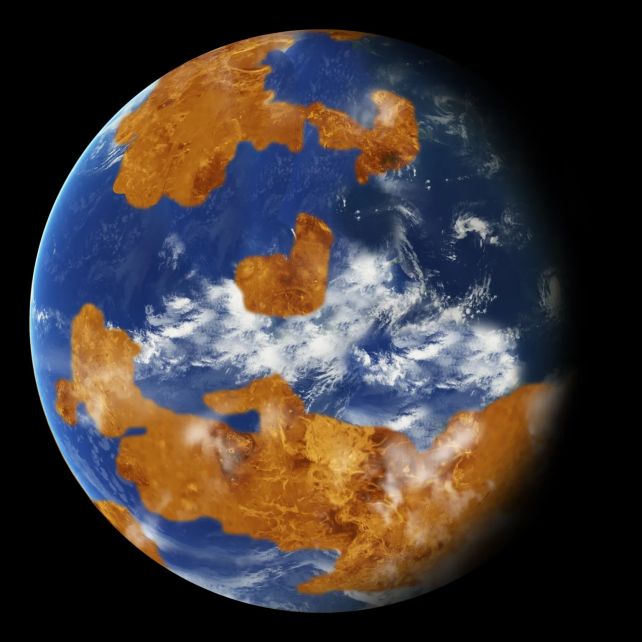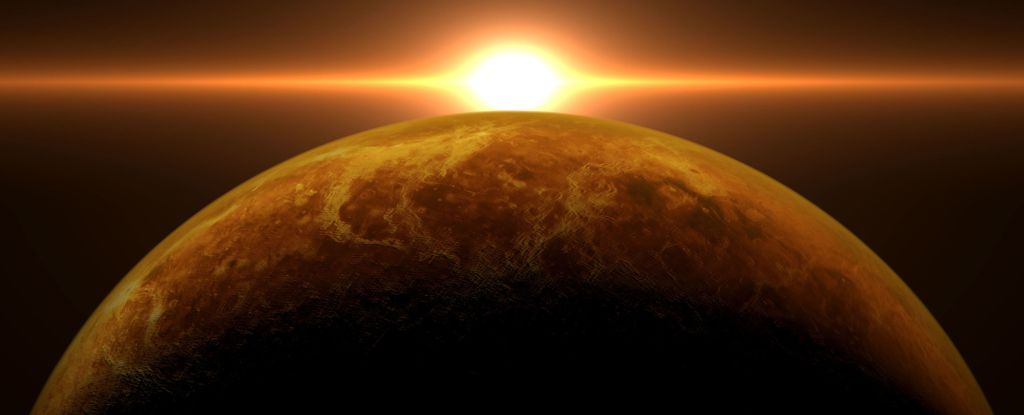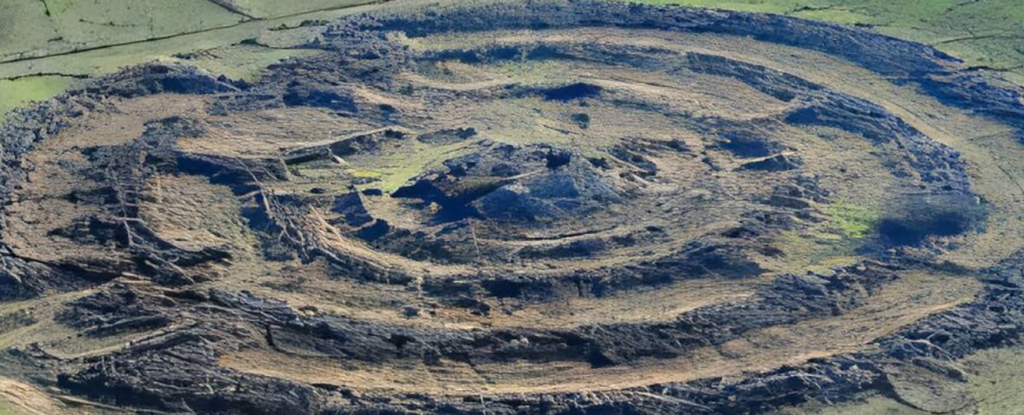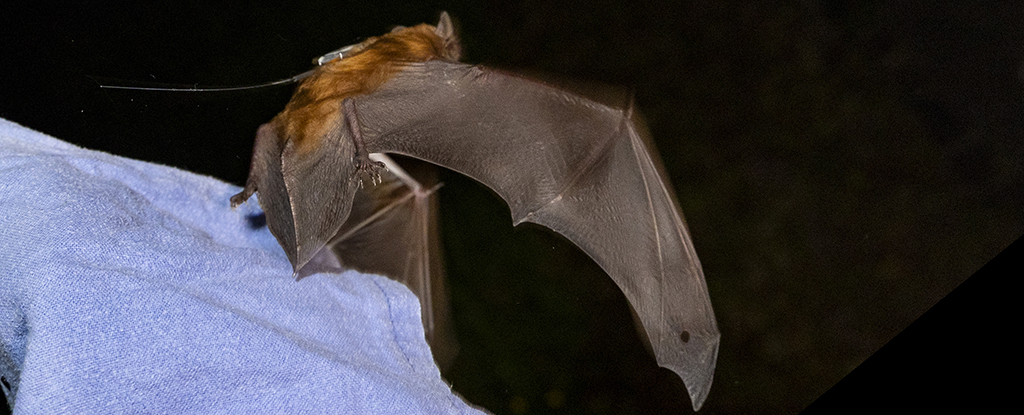Venus‘s reputation as a cautionary tale of an Earth Gone Bad may have been somewhat exaggerated.
We’ve thought that, before it became the toxic hellscape we know today, Venus could have once been habitable, with oceans of liquid water shimmering on its surface. New research reveals that Earth’s so-called sister planet may never have had liquid oceans – because it was not able to, even when water was available.
In fact, an analysis of the planet’s atmosphere suggests that it has always been drier than a bone, inside and out.
“By calculating the present rate of atmospheric destruction of water, carbon dioxide, and carbonyl sulfide, which must be restored by volcanism to maintain atmospheric stability, we show that Venus’s interior is dry,” writes a team led by astronomer Tereza Constantinou of the University of Cambridge in the UK.
“The dry interior is consistent with Venus ending its magma ocean epoch desiccated and thereafter having had a long-lived dry surface. Volcanic resupply to Venus’s atmosphere, therefore, indicates that the planet has never been liquid-water habitable.”
Venus bears many similarities to Earth. It has a similar size, a similar mass and density, and a similar mineral composition. But it’s very different in ways that make a huge difference to habitability as we know it. At the surface, its temperature averages about 465 degrees Celsius (870 Fahrenheit), and atmospheric pressure is 92 times that of Earth’s at sea level.
And that’s not getting into the choking, toxic clouds of carbon dioxide that rain sulfuric acid. The place is literally a hot, inhospitable mess. But the likeness Venus shares with Earth, and its position at the edge of the Solar System’s habitable zone, make it an intriguing research prospect. Was it ever habitable? Could it be habitable?
If the answer to both of those questions is “Yes”, that could tell us something about the possible evolutionary changes Earth might undergo one day, as well as the prospects of life elsewhere in the Milky Way.
“Venus provides a natural laboratory for studying how habitability – or the lack of it – evolves. This is not just applicable within our habitable system, but also for exoplanets. If Venus was habitable in the past, it would mean other planets we have already found might also be habitable,” Constantinou told ScienceAlert.
“But if Venus was never habitable, then it makes Venus-like planets elsewhere less likely candidates for habitable conditions or life.”
frameborder=”0″ allow=”accelerometer; autoplay; clipboard-write; encrypted-media; gyroscope; picture-in-picture; web-share” referrerpolicy=”strict-origin-when-cross-origin” allowfullscreen>
To study the water history of Venus, Constantinou and her colleagues looked at water, carbon dioxide, and carbonyl sulfide in the planet’s atmosphere, and how fast they are broken apart. These molecules need to be constantly replenished by volcanic outgassing to maintain a stable atmosphere.
On Earth, volcanic gasses that enter the atmosphere are dominated by steam because our planet’s interior is so wet. The researchers found that volcanic gasses on Venus are made up of just 6 percent steam, at a maximum. From this, they inferred that Venus’ interior is very dry, and the planet was never able to maintain a liquid ocean.
This is consistent with observations of the surface, which show a lack of water erosion compared to places like Earth and Mars. It’s also consistent with previous work that used modelling to study the early atmosphere of Venus.
That’s not to say that water could never have been present on Venus. A recent study of a Martian meteorite found that Earth and Mars may have experienced similar water delivery early in the Solar System’s history, which in turn suggests that the mechanism for this delivery was relatively ubiquitous. But water delivery is not the same as water retention.
“If Venus once had a large water reservoir, our work suggests that it was never able to condense out as water oceans. Instead, an early Venus would have had an atmosphere with lots of steam,” Constantinou explained.
“Over billions of years, this atmospheric steam would have undergone photodissociation, breaking water molecules into hydrogen and oxygen, with the lighter hydrogen gradually escaping into space. This process ultimately left Venus with the arid atmosphere we observe today.”

If this is the case, it means exoplanets with similar atmospheres to Venus can be ruled out in our hunt for life outside the Solar System, at least for now. We can revisit the prospect if we do ever detect microbes living their best lives in the Venusian clouds.
“The absence of water oceans in Venus’s past suggests Venus never experienced the conditions necessary to develop and sustain Earth-like life. Any potential life in the Venusian atmosphere would have originated and evolved under entirely different conditions, perhaps adapted to survive in sulfuric acid clouds – so very much life as we do not yet know it,” Constantinou told ScienceAlert.
“This possibility is exciting, as it broadens the scope of astrobiology to include life forms that thrive in extreme and unconventional environments.”
The research has been published in Nature Astronomy.





